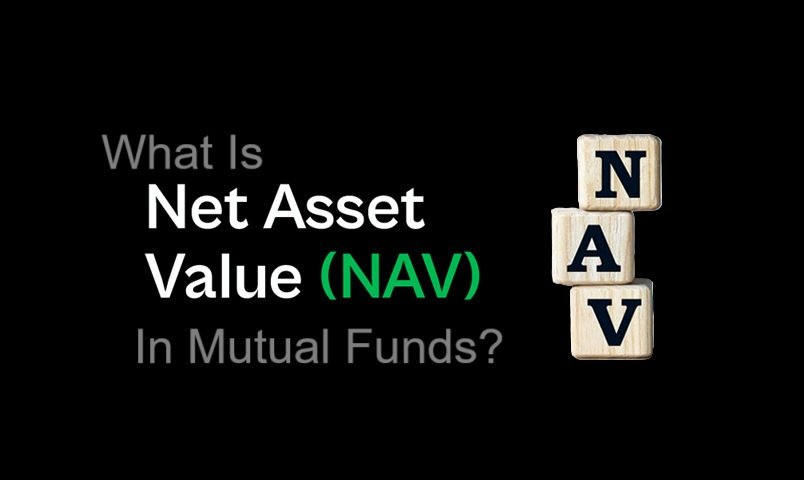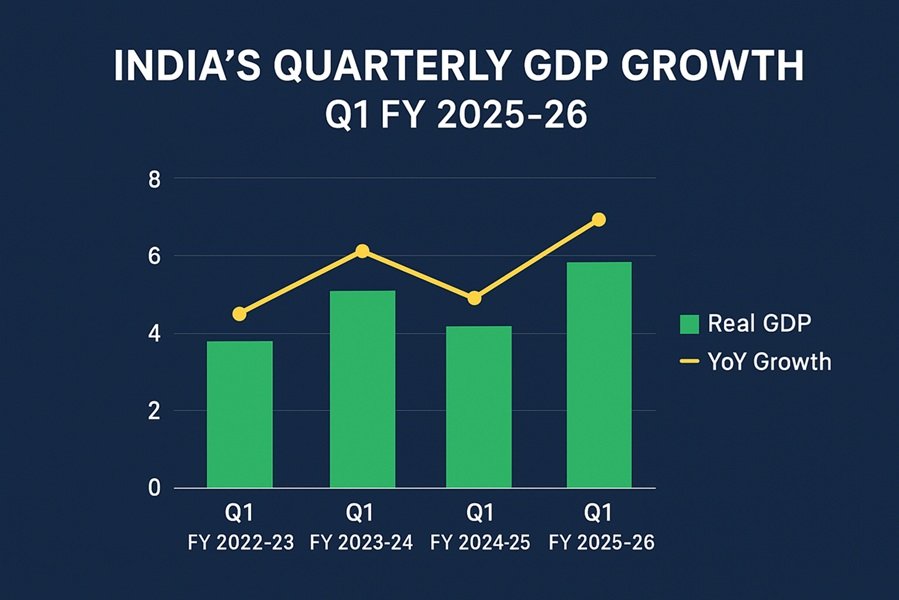
Mutual funds are one of the most popular investment options for individuals looking to grow their wealth over time. When investing in mutual funds, a key term that frequently appears is Net Asset Value (NAV). Understanding NAV is crucial for making informed investment decisions. This article explores what NAV is, how it is calculated, its significance, and how it impacts mutual fund investments.
What Is NAV?
NAV, or Net Asset Value, represents the per-unit price of a mutual fund. It is the price at which investors buy (purchase price) and sell (redemption price) mutual fund units. NAV reflects the total value of a mutual fund’s assets minus its liabilities, divided by the total number of outstanding units.
In simple terms, NAV is the per-unit worth of a mutual fund at a specific point in time. It helps investors determine how much their investment in a mutual fund is worth.
How Is NAV Calculated?
NAV is calculated using the following formula:

Where:
- Total Assets include the value of all the securities (stocks, bonds, etc.), cash reserves, and receivables owned by the mutual fund.
- Total Liabilities include expenses such as management fees, operating costs, and other charges that the mutual fund has to pay.
- Outstanding Units are the total number of units held by investors in the mutual fund.
Read This: Mutual Fund Overlap: Meaning & Risks
Example Calculation of NAV
Assume a mutual fund has the following details:
- Total Assets = ₹500 crore
- Total Liabilities = ₹10 crore
- Total Outstanding Units = 50 crore
Using the formula:

This means the NAV of the mutual fund is ₹9.80 per unit.
Why Is NAV Important?
NAV plays a crucial role in mutual fund investments. Here’s why:
- Determining Investment Value: NAV helps investors track the value of their investment. If you own 1,000 units of a mutual fund with an NAV of ₹10, your investment is worth ₹10,000.
- Buying and Selling Units: Mutual fund units are bought and sold based on NAV. A lower NAV means more units for the same investment amount, while a higher NAV means fewer units.
- Comparing Fund Performance: Although NAV itself does not indicate fund performance, changes in NAV over time reflect how a fund is growing or declining.
Common Misconceptions About NAV
There are several misconceptions regarding NAV that investors should be aware of:
- Lower NAV Means a Cheaper Fund: A common myth is that funds with lower NAVs are cheaper or better investments. However, NAV simply represents the per-unit value of a fund’s assets and is not an indicator of future returns.
- Higher NAV Funds Are Expensive: Just like a stock’s price does not determine its profitability, a higher NAV does not mean the fund is expensive. It only reflects the fund’s growth over time.
- NAV Determines Fund Performance: NAV itself does not determine how good a fund is. Instead, returns over time and other metrics like expense ratio and fund manager performance should be analyzed.
How Often Is NAV Updated?
NAV is calculated and updated at the end of each trading day after the stock markets close. The mutual fund’s assets and liabilities are valued, and the NAV is published accordingly.
For mutual funds investing in debt instruments, NAV may also be updated more frequently if needed.
Read This: What is Sector Rotation? – Uses, Pros & Limitations
How Does NAV Impact Mutual Fund Investments?
1. Systematic Investment Plans (SIP) and NAV
When investing through a Systematic Investment Plan (SIP), the NAV determines how many units you receive for your investment amount. If you invest ₹5,000 every month:
- If NAV is ₹10, you get 500 units.
- If NAV is ₹20, you get 250 units.
Thus, a lower NAV allows you to accumulate more units over time, and higher NAV accumulates fewer units.
2. Lump Sum Investment and NAV
For lump sum investments, investors often check the NAV before investing. However, it’s more important to analyze the fund’s historical returns, objectives, and market conditions rather than just looking at the NAV.
3. NAV and Exit Load
When redeeming mutual fund units, the NAV at the time of redemption determines how much you receive. However, some funds impose an exit load, a small fee deducted from the NAV when you withdraw your investment before a specific period.
NAV vs. Market Price of Stocks
Many investors confuse NAV with a stock’s market price. However, there is a fundamental difference:
- NAV of a mutual fund reflects the per-unit value based on asset valuation.
- Stock Price depends on market demand and supply, influenced by investor perception, company performance, and market trends.
Conclusion
NAV is a fundamental concept in mutual fund investing, helping investors understand the per-unit value of their investments. However, while NAV is important, it should not be the sole factor in making investment decisions. Factors like fund performance, asset allocation, risk profile, and investment objectives should be considered before investing in a mutual fund.
By understanding NAV and its role, investors can make more informed and strategic investment choices to achieve their financial goals.





